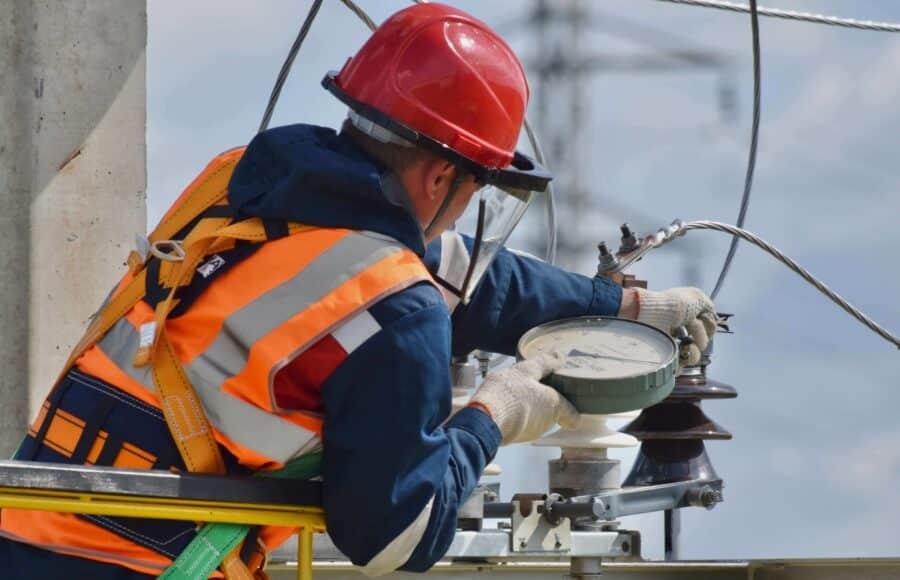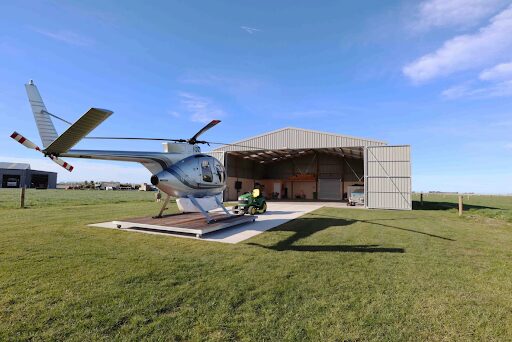The commercial construction industry plays a vital role in shaping urban landscapes and facilitating economic growth.
This article explores the multifaceted nature of commercial construction companies, focusing on their ability to design functional and aesthetically pleasing structures, manage complex projects, ensure safety and compliance standards, and foster collaboration for success.
By examining these key aspects, we gain insight into how these companies contribute to building the foundations of success in the ever-evolving world of construction.
Table of Contents
Transforming Urban Landscapes
The transformation of urban landscapes is a key focus for commercial construction companies. They strive to create structures that integrate seamlessly into the existing cityscape. Urban revitalization is an essential aspect of this process. It involves the redevelopment of deteriorated or underutilized areas to improve their economic, social, and environmental conditions.
Commercial construction companies play a vital role in this endeavor. They construct buildings that contribute to the sustainable development of urban areas. Sustainable development ensures that these structures are designed and built with consideration for environmental impact, energy efficiency, and resource conservation.
Through innovative design and construction techniques, commercial construction companies can help revitalize urban landscapes while promoting long-term sustainability. They incorporate green spaces, utilize renewable materials, and implement energy-efficient technologies. These companies contribute to creating vibrant cities that meet the needs of both present and future generations.
Designing Functional and Aesthetic Structures
Designing functional and aesthetic structures involves the careful consideration of both practical requirements and visual appeal. Creating sustainable architecture is a key aspect of this process, as it aims to minimize the environmental impact while ensuring long-term viability. This can be achieved through the incorporation of innovative materials that are eco-friendly and energy-efficient.
One approach to creating sustainable architecture is by using materials that have a low carbon footprint, such as recycled or locally sourced materials. These not only reduce waste but also decrease transportation costs and emissions. Additionally, incorporating renewable energy sources into the design, such as solar panels or wind turbines, can help reduce reliance on fossil fuels.
In terms of visual appeal, architects must balance form with function. The use of natural light, open spaces, and efficient layouts can enhance the overall experience for occupants while maintaining an aesthetically pleasing design.
By considering both practical requirements and visual appeal in designing functional and aesthetic structures, commercial construction companies contribute to building a more sustainable future.
Managing Complex Construction Projects
Managing complex construction projects requires meticulous planning, coordination, and implementation to ensure the successful execution of various tasks and the timely completion of the project.
Project coordination plays a vital role in ensuring that all aspects of the construction process are seamlessly integrated. This involves overseeing multiple teams, subcontractors, and suppliers to ensure that they work together efficiently and effectively toward a common goal.
Effective project coordination also entails establishing clear communication channels and regularly monitoring progress to identify any potential issues or delays.
Additionally, risk management is crucial in managing complex construction projects. It involves identifying potential risks, developing strategies to mitigate them, and implementing measures to minimize their impact on the project’s timeline and budget.
This includes conducting thorough risk assessments, implementing safety protocols, and having contingency plans in place to address unforeseen circumstances.
Overall, managing complex construction projects requires a comprehensive approach that encompasses both project coordination and risk management strategies for successful outcomes.
Ensuring Safety and Compliance Standards
Ensuring safety and compliance standards is a critical aspect of complex construction projects. This involves adhering to regulations and guidelines to protect workers, the public, and the environment.
Maintaining worker well-being is paramount in commercial construction projects. Employees are exposed to various hazards daily. To achieve this, companies must implement effective risk management strategies. These strategies identify potential risks and develop measures to mitigate them.
One way to mitigate risks is by conducting thorough inspections of work areas. This helps identify any potential hazards and allows for corrective measures to be taken. Another important aspect is providing appropriate personal protective equipment (PPE) to workers. This helps protect them from potential dangers.
Regular training of workers on safety protocols is also crucial. This ensures that they are aware of the necessary precautions to take to stay safe on the job. Companies must establish clear communication channels between project managers, site supervisors, and workers. This ensures that safety procedures are consistently followed and any concerns or issues can be addressed promptly.
By prioritizing safety and compliance standards in commercial construction projects, companies can create a secure working environment. This promotes the well-being of their workers while minimizing any negative impact on the surrounding community and environment.
Collaboration and Partnerships for Success
Collaboration and partnerships are crucial for the achievement of a successful outcome in complex construction projects, as they foster effective communication and coordination between stakeholders. In the commercial construction industry, where projects are often large in scale and involve numerous parties, innovative technology plays a significant role in facilitating collaboration.
Through the use of advanced tools and software, project teams can streamline communication processes, ensuring that all stakeholders are kept informed and engaged throughout the project lifecycle. Effective communication is essential to ensure that everyone involved has a clear understanding of project goals, timelines, and expectations. Additionally, it enables prompt issue resolution and decision-making when challenges arise.
By leveraging innovative technology to enhance communication channels, commercial construction companies can establish strong collaborative relationships with their partners, leading to increased efficiency and successful project outcomes.





